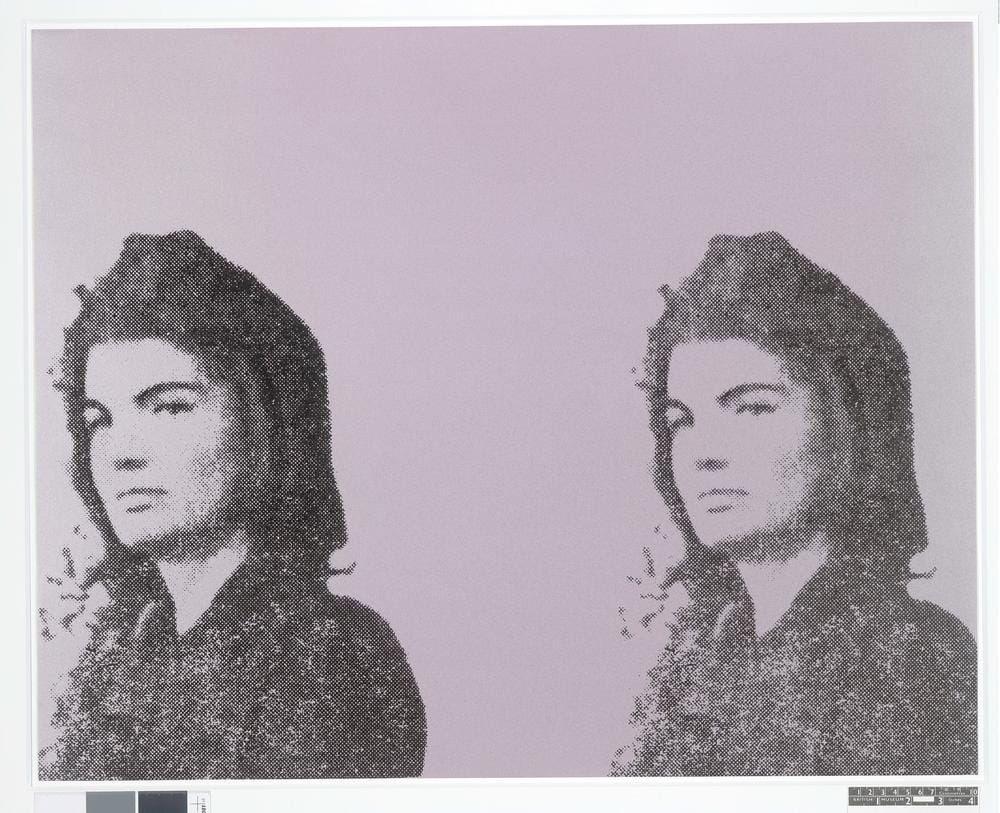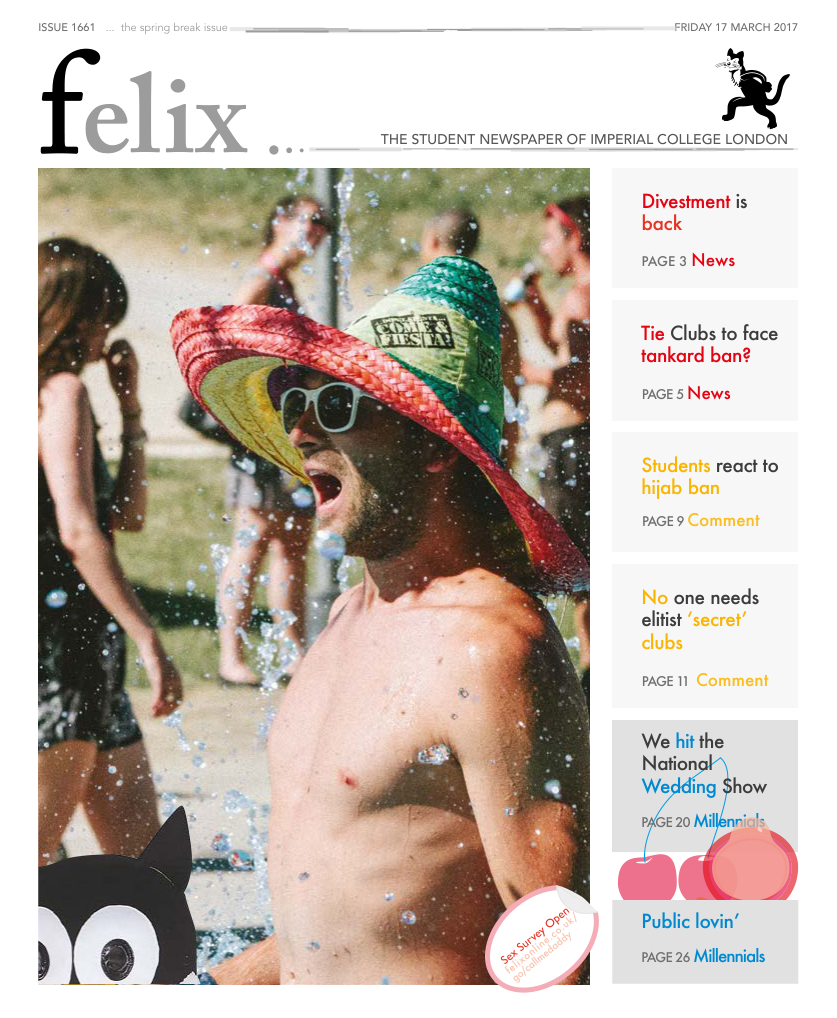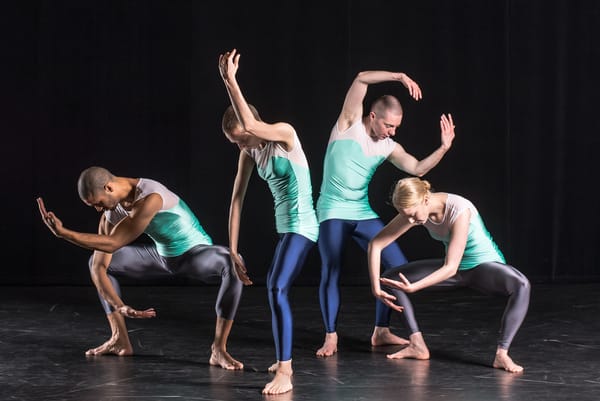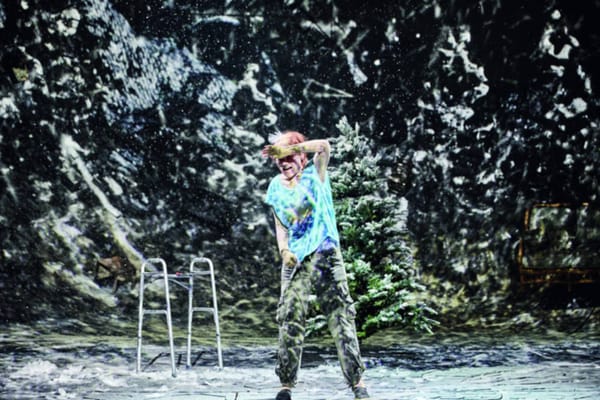The American Dream | Prints exposing US consumerism
The American Dream: pop to the present is on at the British Museum until 18th June

The UK’s first major exhibition of modern and contemporary American printmaking, that has recently opened at the British Museum, spans twelve rooms and six decades. The American Dream: pop to the present is as ambitious as it is controversial, with critics questioning not only pop art’s artistic value, but moreover whether it belongs in the British Museum at all.
The exhibition, however, aims to prove that printmaking was a key technique through which artists tackled the changing social and political dynamics occurring during their lifetimes. By presenting different artists and works in chronological order – with reference to each decade’s prominent art movements such as abstract expressionism, minimalism, and photorealism – the exhibition shows that printmaking reflected, and was integral to, each of these movements. “Everybody has their own America, and then they have the pieces of a fantasy America that they think is out there…”. Andy Warhol’s quote opens the show, alongside a giant American flag made of neon lights, and these set the mood for the exhibition: the idea that printmaking exposed this 'fantasy America', which had been accepted and endorsed by society, resonates throughout the show.
In the first room, one instantly recognizes iconic works by pop artists such as Andy Warhol and Roy Lichtenstein. It’s remarkable how cleverly and clearly their works make statements about American consumerism and mass media, revealing the coveted 'American dream' as an illusion. By using screenprinting techniques, for example, these artists blur the lines between commercial and fine art.
Many works are of giant scale, reflecting the notion propagated by consumerism that 'bigger is better'. Similarly, a recurring theme between different artists is the display of common everyday objects. By displaying these objects as icons, the artists ridicule the idealisation of, and obsession with, the stereotypical American way of life, which dominated mass advertising and bordered on a social cult.
The exhibition also allows us to learn about the printmaking process itself, spotlighting innovative techniques that were experimented with by pioneer artists of the 1960s and 70s. Some surprising methods include Ed Ruscha’s use of gunpowder to achieve grey notes, and dropping lithographic ink onto stone to give the illusion of liquid letters, as well as Donald Sultan’s aquatint, which replicates charcoal drawings. Common also are techniques of exhaustive reproduction – collaging, layering, producing, and reproducing, over and over again. These processes appear to mirror those associated with mass production, exposing how such a means of production rids objects of their value.
The British Museum is home to many artefacts of lost civilizations, and one can argue that some of the works in this show belong to that collection, as relics of America’s lost glory days – the tattered American flags of Jasper Johns’ Flags 1, for example, or Robert Rauschenberg’s pieces that reference the space race.
The contrast between New York and Los Angeles artists, as highlighted in one of the rooms, is quite unexpected. Works of LA artists make statements pertinent to the 'LA lifestyle' and the world of leisure with recurring motifs of palm trees, sunlit boulevards, Hollywood, desert landscapes, and light blue pools. The objects associated with leisure in these artworks seem to radiate the still hot LA air, and, paradoxically, a feeling of dead, uninhabited emptiness. Worth noting as well is the importance of words and phrases in contemporary American printmaking – a subject which is unique to this art form. Works in this show by artists such as Mel Bochner, Ed Ruscha, and Bruce Nauman display either single words or every-day clichés, giving them an ironic tone that is enduringly thought-provoking.
Overall, the British Museum’s show proves that printmaking is not only a prominent art form, but is also a versatile technique full of endless possibilities; a medium that one can make one’s own. This inclusive art form is open to all as a powerful means of expressing one’s voice and beliefs. These aspects not only justify printmaking’s artistic merit and historical relevance, but moreover – with the aura of general discontent with current political and social issues that seems to permeate through today’s world – printmaking seems as relevant in our age as ever.









